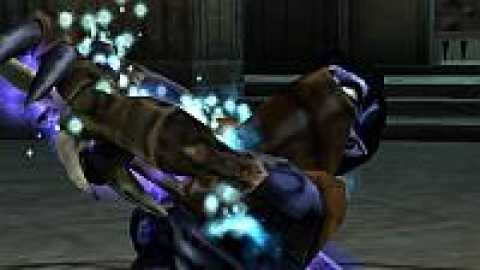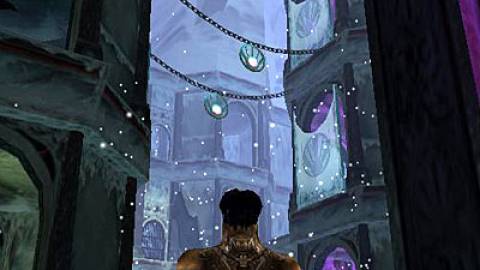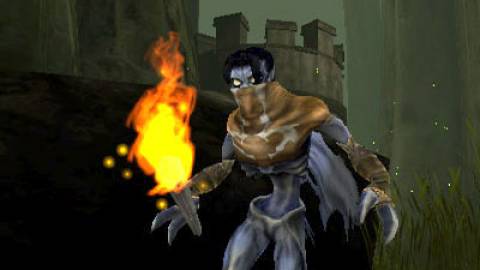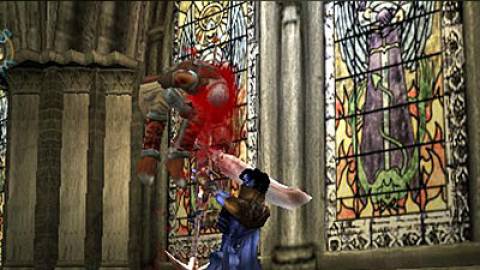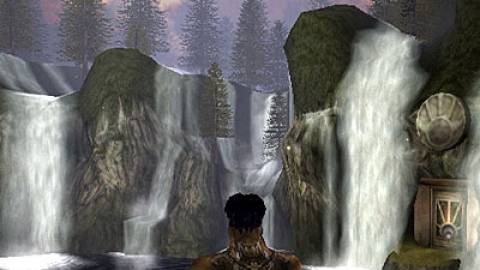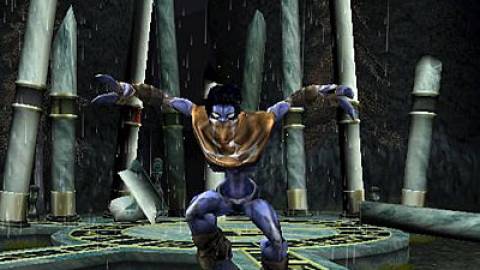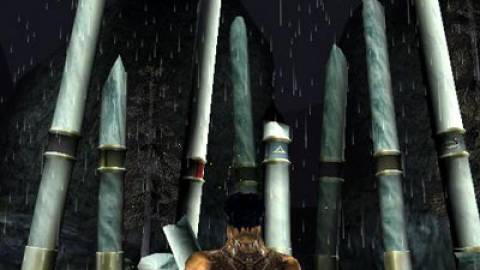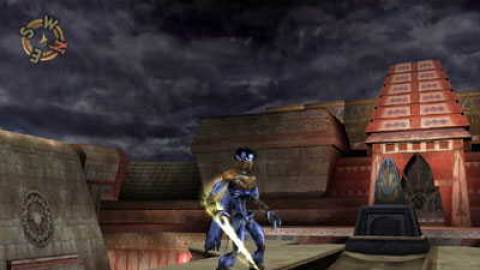Overview
Legacy of Kain: Soul Reaver 2 is the third Legacy of Kain game in the series and the second that tells the tale of Raziel while also being the second game developed by Crystal Dynamics and not the series creator Silicon knights . The game was developed by Crystal Dynamics main team led by Amy Hennig and published by Eidos. It received moderate critical acclaim but also had many flaws. The game begins right where the first Soul Reaver left off. Many fans had hoped that this game would answer all their questions, but in this regard they were disappointed. The game left many open ends for future games to pick up on. The gameplay was more linear than past games, but offered a wider array of puzzles and the environments were far more detailed.
Plot
Raziel emerges from the Chronoplast time portal to find himself in the Sarafan Stronghold in the company of Moebius the Time Streamer. Although aware of Moebius' reputation for deceit, Raziel allows the Time Guardian to introduce him to this unfamiliar era he now inhabits; thirty years before the events of Blood Omen. Raziel must go back and forth through Nosgoth's history in order to uncover Kain's hidden agenda, and also discover if he himself truly has any free will.
Over the course of his journey Raziel uncovers the mysteries of Nosgoth's ancient races, and exposes the secrets behind the corruption of the Pillars and the vampire genocide. Confronting the shadows of his unremembered past, he discovers a web of destiny stretching eons into Nosgoth's dim, unrecorded history. As his destiny comes full circle Raziel finds his personal vendetta transformed in to a hero's journey with the fate of Nosgoth hanging in the balance.
Gameplay
In Soul Reaver 2 Raziel had to locate four different forges, created by the Ancient Vampires. Each one was "purpose-built to enhance the Reaver with [an] elemental power". Each forge was an elaborate puzzle, which Raziel had to solve to earn the elemental upgrade. Once the Reaver had been imbued with an element, it retained that power until Raziel entered the Spectral Realm. However, he could re-imbue the blade at any time by bathing it in an elemental font. Each elemental Reaver (Dark, Light, Air and Fire) had different strengths and characteristics.
The game involved a lot of environmental puzzles as you are continuously forced to find unique ways around obstacles. The puzzle's still involve shifting back and forth between the material and spectral realms but they no longer involve tedious block pushing and flipping although those elements do pop up from time to time. The combat was still straightforward hack and slash with simple combos. One change from the last game was the role of different elemental Reavers - each of them had a different effect on enemies and could be used to unleash some devastating combos. They were also needed for some puzzles and to get to certain areas much like in Metroid where different types of your beam weapon would open different doors although Soul Reaver 2 uses a much less complex system and it's also uses infrequently in regards to opening areas.
Environment
The game still takes place in Nosgoth but this time you get to see the world from different moments in time on top of differences found in the spirit realm. No longer does the entire game take place in a land destroyed by time and neglect. You now get to see what Nosgoth looked like before the Vampires dominated the land. You also get to view the Pillars before their complete destruction.
Due to jumping around in time the game doesn't have a defining look like the post apocalyptic Soul Reaver. You get to see multiple areas at different stages of growth and destruction. The concept gives the world a whole new edge and drives home how just a few decisions can change everything for the worse... or better depending on your end goals.
PC System Requirements
Minimum:
- OS:Windows XP / Windows Vista / Windows 7/Windows 10
- Processor:1.8 GHz Processor
- Memory:512 MB RAM
- Graphics:3D graphics card compatible with DirectX 7
- DirectX®:9.0
- Hard Drive:2 GB HD space

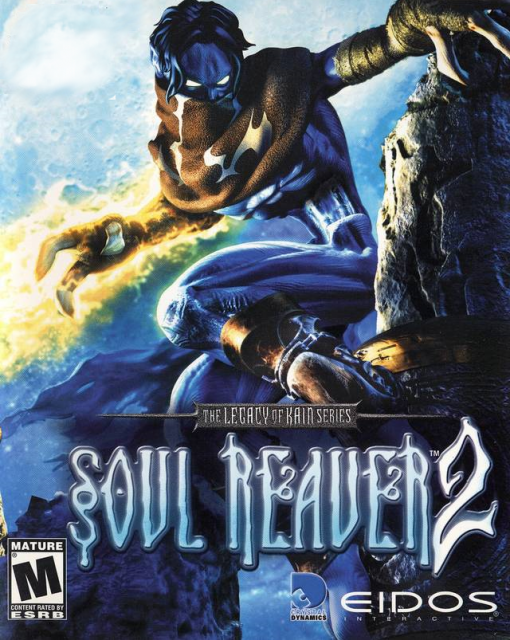
 PlayStation 2
PlayStation 2 PC
PC


